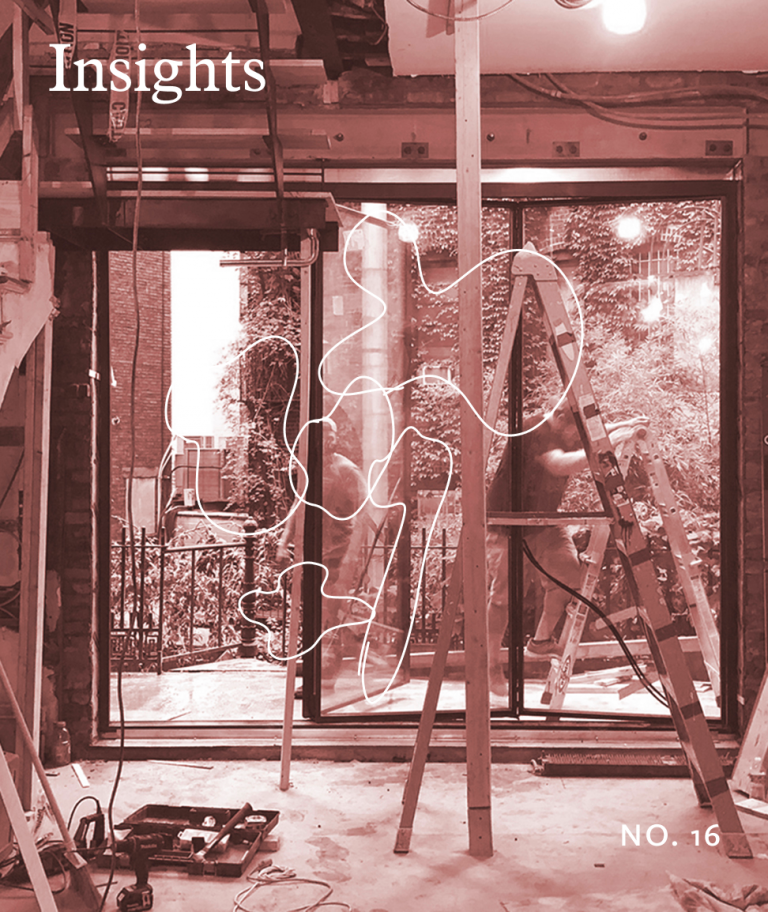Toward a New Definition of Collaboration

You've been lied to all your life.
It started before you could even speak. Your parents, your teachers, and the media you consume – they all lied to you.
They said you can do anything.
It’s up to you, they said.
You’re special, they said.
All you have to do is work hard, they said.
You.
You.
You.
It doesn’t matter what anyone else thinks or does. Just focus on your goals, and you can achieve them.
In recent years, I’ve realized how misguided this type of encouragement really is. It’s frustrating because the truth is so much more powerful. Of course, I can’t just blame my parents (though that would make it easier). This is a cultural issue that goes back further than my lifetime. Or yours. It’s American myth and marketing at work. The individual has always been lionized in our society. The frontiersman. The cowboy. The billionaire industrialist. The celebrity. The athlete. The politician, inventor, and entrepreneur. The list goes on. To be successful in any of these fields is to be seen as a hero. Singled out for your talent, insight, or work ethic.
And then, of course, there’s the architect.
Perhaps more than any other industry or discipline, architecture has suffered from the myth of the heroic individual. It’s as if the names in our architecture histories and design journals single-handedly manifested their work by sheer force of will.
As with the other figures mentioned above, none of it is true.
For every Frank Lloyd Wright, Louis Kahn, Le Corbusier, and Zaha Hadid, there are dozens, if not hundreds or thousands, of individuals whose names we’ll never hear; individuals whose ideas and whose labor made so many iconic works of architecture possible. As time goes by, the big names may be fewer and farther between, but the number of unknown people needed to do the actual work is rapidly growing. There’s the design staff, sure, but also the engineers, contractors, and myriad consultants who seem to be multiplying every year to make our buildings safer, smarter, and more sustainable.
If it takes a village to raise a child, it takes a city to raise a building.
And yet, there are only a few names carved in stone or splashed across marquees.
This attitude doesn’t just fail to do justice to fair recognition; it fails to do justice to the creative act itself.
Making anything—anything— is an inherently collaborative act. No matter what you’re making, eventually, you’ll need someone’s help. Especially a building. It is literally impossible to build a building alone. Collaboration is necessary.
But more than that, it’s magical. It feels almost sacred when a meaningful connection between people is formed, sparking the creation of something entirely new. It’s a testament to humanity’s ability to come together and produce something more than anything we can do alone. The act of collaboration inspires a sense of awe. Wonder, even.
One way we can combat these unhealthy myths about the heroic individual is to not only reprogram how we think about the role of the individual but also how we think about the very nature of collaboration. Too often, collaboration is written off as simply “working together.” It’s so much more than that. Collaboration isn’t just something you do. It’s a mindset. It’s a way of thinking and seeing the world that represents a profound shift away from what most people think about day to day. There’s a creative tension, a give-and-take that requires an openness to new ideas.
I’m interested in understanding collaboration more deeply; in engaging with it to harness the latent benefits that emerge when a group of people come together and contribute their unique insight and expertise to a shared goal. A shared vision. It’s the reason I started Brick & Wonder, a community of professionals in the built environment. I want to see what we can do when we work together. I want to explore what collaboration truly means.
In the coming months, I’m going to explore what collaboration means to me, how other industries understand collaboration, and what we, as AEC professionals, still have to understand.
So let’s pull down some statues and raise up a new banner together. One woven with diverse threads, under which we’ll build new architectural wonders — not works of genius, but works of humanity.







